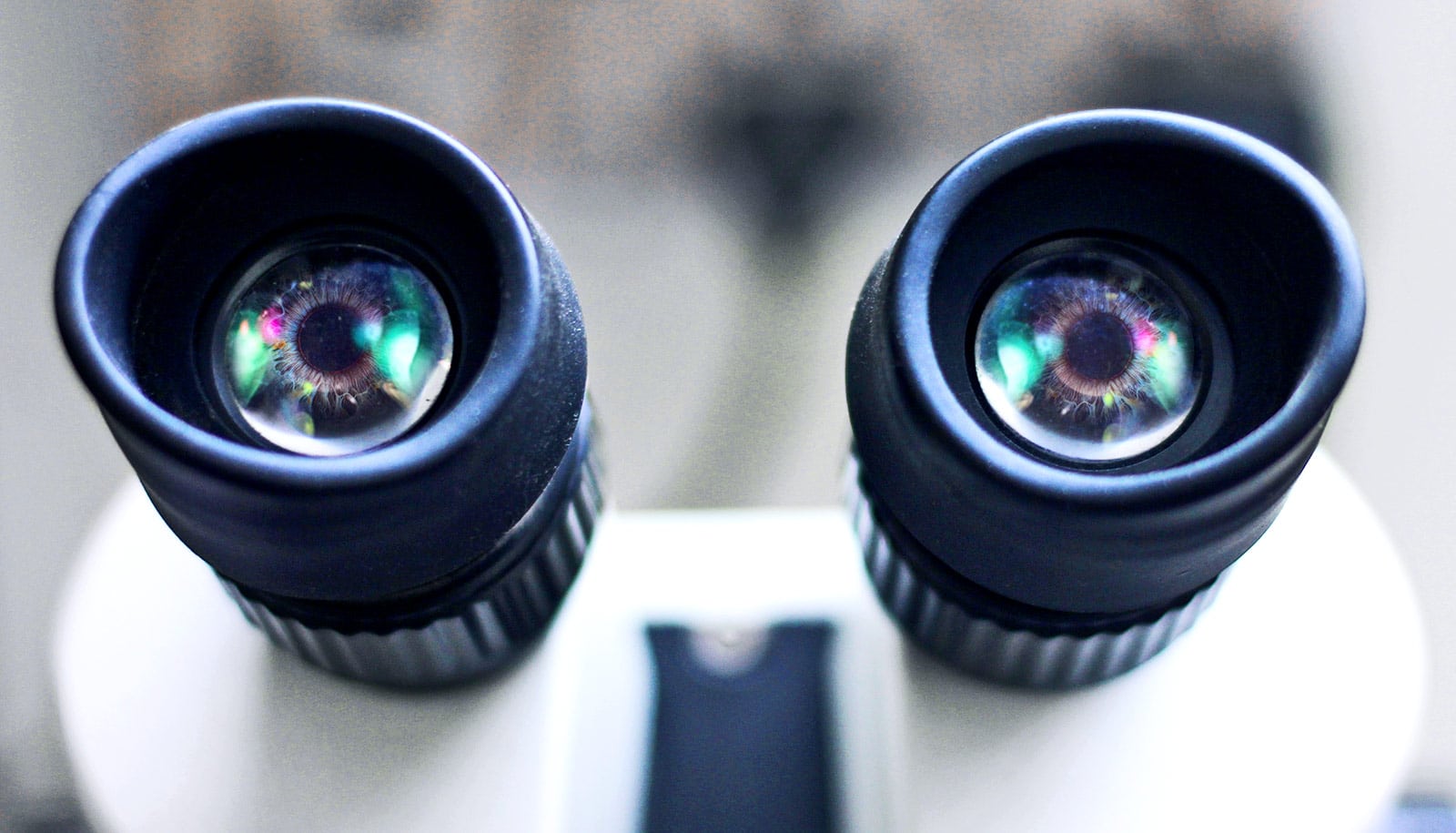New research is challenging prior theories about how material leaves the inside of an E. coli cell.
The new study could have important implications for how we treat diseases.
Scientists meticulously map and study the flow of traffic on our nation’s highways, but we know less about how materials move through and out of cells.
“Proteins are like vehicles that can carry information and materials in cells,” says Gavin King, an associate professor of physics at the University of Missouri and joint associate professor of biochemistry. “We focused on the cells of E. coli, which have two membranes. We observed that when proteins exit the cell’s inner membrane, the cell adjusts the way it transfers the protein through the channel depending on the type of protein being transported.”
“The maps we made to depict the proteins’ movement suggest nature might be more complex than previously thought.”
King worked with Linda Randall, professor of biochemistry, who verified the transportation function of E. coli cells outside of their natural environment. Once verified, she sent the samples to King, who then used an atomic force microscope to study the movement of the E. coli proteins.
Unlike previous studies using frozen proteins, the atomic force microscope allows researchers to observe the proteins moving in a fluid environment that closely resembles their natural one.
“Before our study there were two ways of describing how proteins moved across the cell membrane—either a piston-live movement similar to a car’s engine, or a more perpetual motion known as the Brownian ratchet,” King says.
“Neither model accounted for the differences based on the type of protein being transported. Just as different types of vehicles move differently so do different types of proteins. The maps we made to depict the proteins’ movement suggest nature might be more complex than previously thought.”
The findings provide basic knowledge on how a cell sends and receives material and information. For instance, a drug can pass through membranes in order to affect a cell, and similarly, some information must pass through membrane channels to exit the cell. While other cells besides E. coli may not have its exact protein transportation system, King says a similar system exists in all cells.
The study appears in Science Advances.
Additional authors are from Cornell University, the University of Missouri, Johns Hopkins University, and Stanford University. The Hugo Wurdack Trust at the University of Missouri, the National Institutes of Health, the National Science Foundation, and the Burroughs Wellcome Fund funded the work.
Source: University of Missouri



